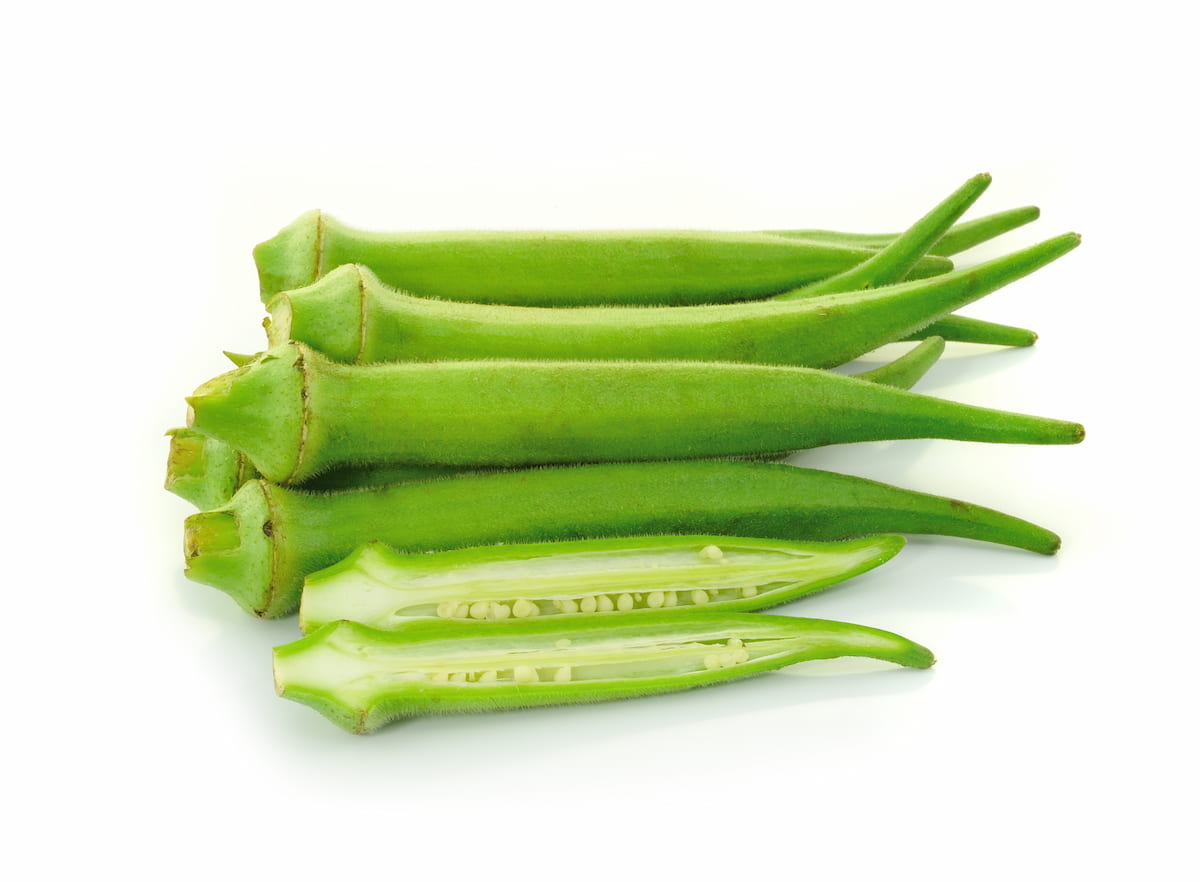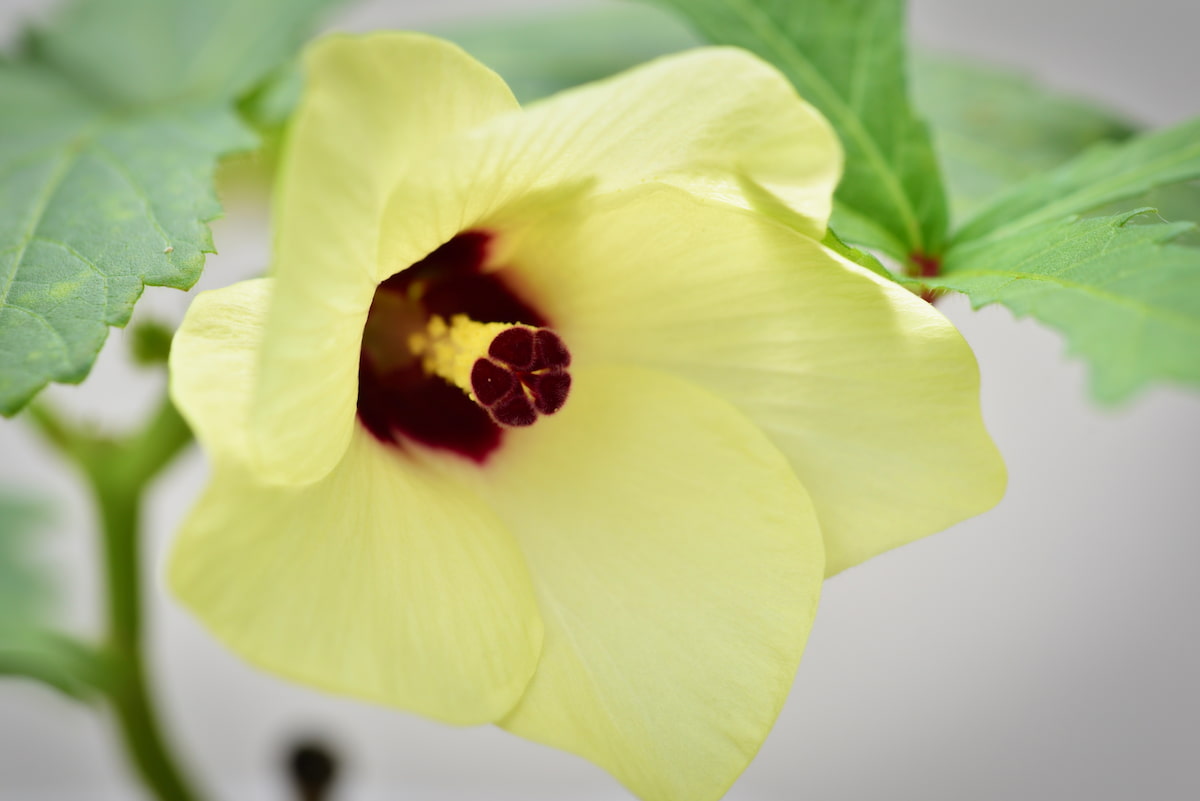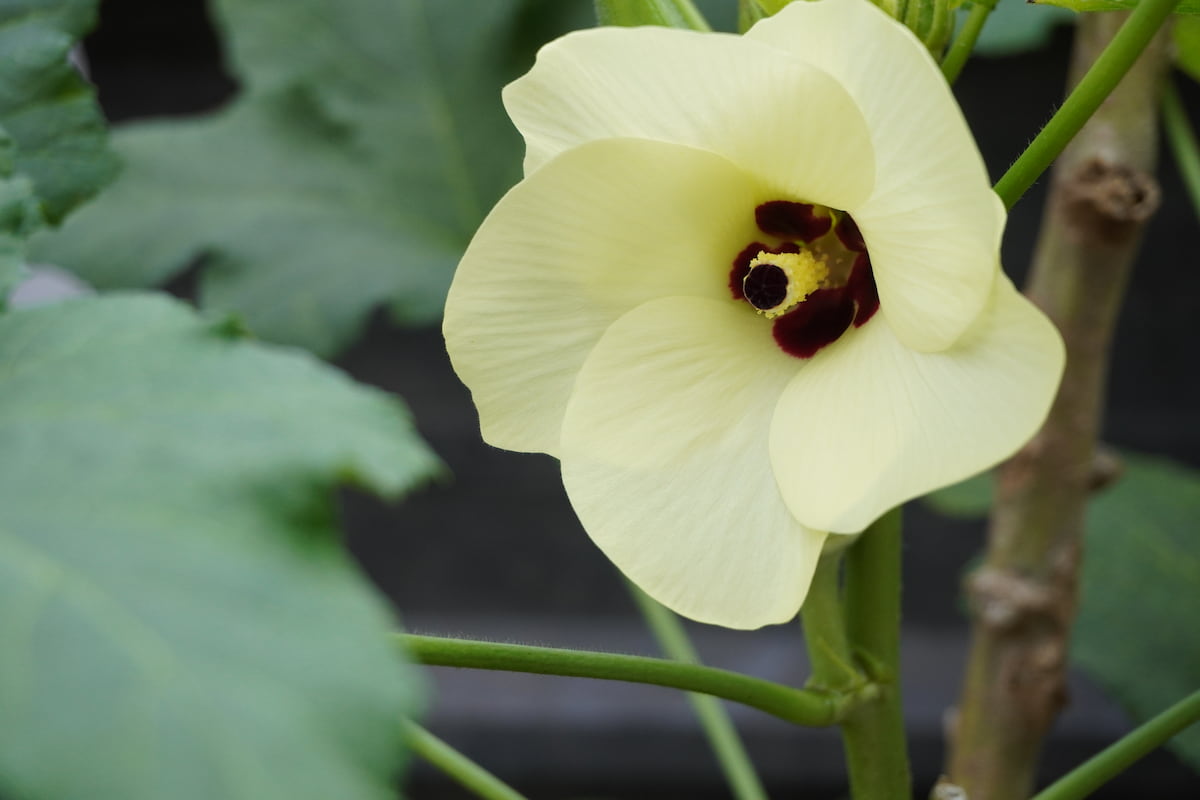Okra is a warm-weather crop typically planted in late spring or early summer. It can also be planted in a late winter or early spring greenhouse. There are many reasons why you want to grow okra in a greenhouse. Okra is a tall plant with pods used in soups, stews, and other dishes. Also, okra can be frozen or canned. Greenhouses allow you to grow okra year-round. Once the plant has matured enough to produce pods, you can harvest them.

How to Grow Okra/Bhendi in Greenhouse
Suitable Varieties for Growing Okra in Greenhouse
It belongs to the mallow family of warm-weather crops. Okra comes in wide varieties, but not all are suitable for greenhouse cultivation. You should consider the size and shape of the fruit, how tolerant the variety is to heat and drought, and how pest and disease resistant it is when choosing a variety for a greenhouse.
Varieties With Green Shells
- Sunshine love: The pods of this variety are green
- Alabama Okra: The special feature of this variety is bicolor fruits: they are both green and red
- Cajun Delight: This variety gives green pods as well as beautiful white flowers
- Cow horn: Like cow horns, the fruits of this variety are particularly long
- Eagle Pass: This variety bears short, thick pods as well as yellow flowers
- Clemson Spineless: This is a high-yielding variety and without spines
- Emerald: No spines are borne by this variety, which produces roundish pods
- Lee: The pods of this variety are very small and tasty
Okra Varieties With Red Skin
- Red Velvet: The fruits of this variety bear a beautiful bright red color
- Bowling Red: This variety bears light and dark red pods
- Red Burgundy: The fruits of this variety are particularly intensely colored, and they shine in a rich dark red to purple color
Varieties with Yellowish and White Shells:
- Five Creek Cowhorn: This variety bears light green to long yellow pods
- Burmese: The light green to yellow pods of this variety is as beautiful as its white flowers with purple centers
- Edna Slaton’s Candelabra: The fruits of this variety are particularly long, but they are also rather thin
- White Velvet: The pods of this variety are white
Soil Requirements for Growing Okra in Greenhouse
A greenhouse is the best place to grow okra. Only in sun-drenched vineyards would you grow it outside in the garden. Sunlight should be available six hours a day for tropical fruits. Otherwise, it will produce little or no pods. Loose, permeable soil is ideal. In addition, okra is always hungry and needs a lot of nutrients. It is optimal to cultivate okra between 6.5 and 7.0 pH.
Lighting Requirements for Growing Okra in Greenhouse
Greenhouse kits are ideal for growing okra since they thrive in full sunlight or partial shade. Without ample sunlight, it will not bear many seed pods. It weakens and becomes vulnerable to bugs and diseases whenever it becomes too cold or hot.
In case you missed it: Can You Grow Okra from Store-bought Okra: A Step-by-step Process Guide

Temperature and Humidity Requirements for Growing Okra in Greenhouse
Also, the greenhouse should be located in a warm area with temperatures between 21 and 27°C. Additionally, you will need to provide adequate ventilation in the greenhouse. To grow well, okra plants need fresh air; too much humidity can lead to mold and fungus growth. Air should be able to circulate the entire greenhouse freely by providing plenty of windows or vents.
How to Grow Okra from Seed
- You can plant okra seeds straight from the packet, but soaking them in water first will improve their germination rate.
- Prepare your soil by raking it to a fine tilth before planting seeds. It grows well in poor soil, even with a lot of clay, as long as it drains well. The area should be prepped with compost and all-around fertilizer before planting and again mid-season.
- Plant the seeds half an inch deep in rows 18-36 inches apart.
- Okra can grow up to 6 feet tall, so provide support when planting. You can maximize your home harvest with some fantastic vegetable garden trellis ideas.
- When the seedlings reach 3-4 inches tall, thin them to 2-3 feet apart. Cutting the weaker seedlings off at the base is best to achieve this.
- You should soak your okra once a week – especially if you’re growing it in soil that doesn’t hold moisture well. You should avoid overwatering okra, as this could result in root rot – look for black spots on the lower part of the seedling.
- The laterals on the plant bear little fruit, shade the main stem, and complicate the care routine. Wear long sleeves and gloves when caring for the plant because the stem has tiny spines that can cause irritation.
- After okra plants reach maturity, you can harvest the pods after 60 days.
Watering Requirements for Growing Okra in Greenhouse
Water is essential for growing okra, especially during the summer months. A weekly inch of water is all that is needed for okra. It can be watered at the same time as other plants. Concentrate water gently at the base, so the soil is not washed away. Avoid watering the leaves of the plants because they can be breeding grounds for fungi. Watering early in the morning is a great idea. If any remaining water has not been absorbed, the afternoon sunlight will dry it.
Fertilising Requirements for Growing Okra in Greenhouse
Okra needs sufficient nutrients to form beautiful, large, and especially many pods. It is, therefore, important to fertilize it throughout the summer. Fertilization over the summer should prove effective: the first before planting, the second after flowering, and the third after harvesting the first pods. It is best to use a fertilizer with a slow-release effect or compost.
Harvesting Greenhouse Grown Okra
Knowing when to harvest okra is important to capturing its best flavor. Fruiting begins two months after planting and continues until frost sets in. When fruits become deep green, cut them off with a knife. Overripe fruits cannot be eaten. Generally, you want them to be tender and measure between 2 and 5 inches long. You can harvest a bumper crop of okra if you give it the right growing conditions and pick it up as soon as it is ready.
In case you missed it: How to Grow Poblano Peppers from Seed in Containers: A Guide to Planting to Harvest

The more pods you pick, the more okra the plant produces. Therefore, you should harvest okra pods consistently throughout the growing season. It is important to pick pods whenever they are ready, even if you only pick a handful daily. Don’t wait until a single day to harvest your okra, or you’ll be disappointed.
Conclusion
Because of its pretty flowers, okra looks attractive during its growing period. Additionally, it is rich in Vitamin A and low in calories, making it a great addition to your diet. Growing in warm environments, okra is a native southern American plant. Okra is already being grown in containers in colder climates by gardeners who use black pots or plastic to maintain heat around the roots.
- Feed Your Flock for Less: Top 10 Tips to Save on Chicken Feed
- Ultimate Guide to Ossabaw Island Hog: Breeding, Raising, Diet, and Care
- Hatching Answers: The Top 10 Reasons Your Chickens Aren’t Laying Eggs
- Eggs and Economics: Breaking Down the Cost of Raising Backyard Chickens
- Defend Your Greens: Proven Methods to Keep Iguanas Out of Your Garden
- Ultimate Guide to Cinnamon Queen Chicken: A Comprehensive Guide for Beginners
- Ultimate Guide to California Tan Chicken: Breeding, Raising, Diet, Egg-Production and Care
- Ultimate Guide to Marsh Daisy Chicken: Breeding, Raising, Diet, and Care
- 10 Types of Chicken Farming Businesses You Can Start for Profits